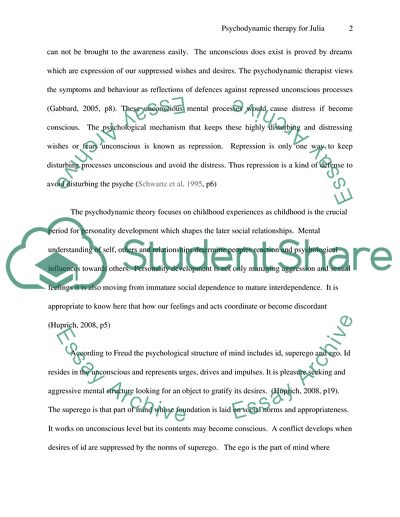Cite this document
(Psychodynamic Theories and Concepts Case Study Example | Topics and Well Written Essays - 2500 words, n.d.)
Psychodynamic Theories and Concepts Case Study Example | Topics and Well Written Essays - 2500 words. Retrieved from https://studentshare.org/psychology/1724539-how-psychodynamic-theory-informed-my-use-of-counselling-skills-in-an-exchange-i-had-with-a-client-in-my-classroom
Psychodynamic Theories and Concepts Case Study Example | Topics and Well Written Essays - 2500 words. Retrieved from https://studentshare.org/psychology/1724539-how-psychodynamic-theory-informed-my-use-of-counselling-skills-in-an-exchange-i-had-with-a-client-in-my-classroom
(Psychodynamic Theories and Concepts Case Study Example | Topics and Well Written Essays - 2500 Words)
Psychodynamic Theories and Concepts Case Study Example | Topics and Well Written Essays - 2500 Words. https://studentshare.org/psychology/1724539-how-psychodynamic-theory-informed-my-use-of-counselling-skills-in-an-exchange-i-had-with-a-client-in-my-classroom.
Psychodynamic Theories and Concepts Case Study Example | Topics and Well Written Essays - 2500 Words. https://studentshare.org/psychology/1724539-how-psychodynamic-theory-informed-my-use-of-counselling-skills-in-an-exchange-i-had-with-a-client-in-my-classroom.
“Psychodynamic Theories and Concepts Case Study Example | Topics and Well Written Essays - 2500 Words”, n.d. https://studentshare.org/psychology/1724539-how-psychodynamic-theory-informed-my-use-of-counselling-skills-in-an-exchange-i-had-with-a-client-in-my-classroom.


